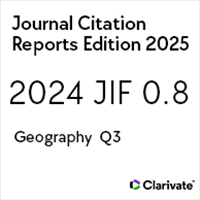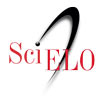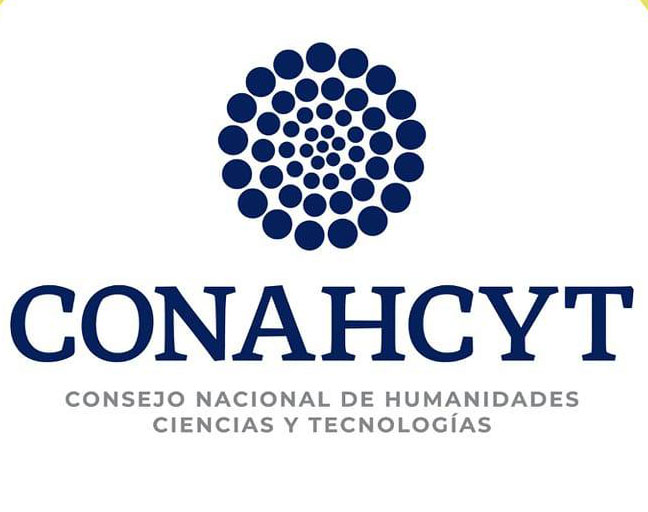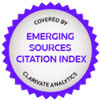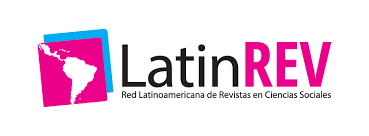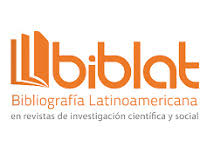Geoglyphs in time and space
Geoglyphs in time and space
https://doi.org/10.21670/ref.1995.35-36.a04
Palabras clave:
Geoglifos, Alineamiento de piedras, Arte, ReligiónResumen
Poniendo de la relación entre el arte y la religión, este artículo examina dos tipos de arte construidos sobre la tierra misma: alineamiento de piedras y geógrafos. Aquí se exponen brevemente las diferencias y semejanzas de forma y contenido de este arte en varias regiones y finalmente se proponen algunas teorías sobre su significado religioso.Abstract Using the relationship between art and religion u a take-off point. This article examines two types of earthen art: rock alignments and geoalypht. Differences and similarities in form and content are discussed. As regarding earthen art in various locations, and speculations are made as regarding their religious significance.
Citas
AVENI, Anthony (ed.). 1990. The Lines of Nazca. American Philosophical Society, Philadelphia.
BOWLBY, John. 1982. "Attachment and Loss: Retrospect and Prospect". American Journal o/Orthopsychiatry, vol. 52:4, 664-678.
BROWN, Robert. 1979. "Bock's Puzzle", in Archaeological Survey Association Journal, vol. 3:2.
CASEY, Harry. 1990. Unpublished mss, private library.
CLARKSON, Persis. 1990. "Archaeology of the Nazca Pampa. Peru: Environmental and Cultural Parameters", in Unes o/ Nazca, Antbony Aveni, ed. American Philosophical Society, Philadelphia, Pennsylvania.
DA VIS, Emma Lou, Katbyrn Brown, Jacqueline Nichols. 1980. "Evaluation of Early Human Activities and Remains in tbe
California Desert," Cultural Resources Publications: Anthropology-History, Eric Ritter, ed. Bureau of Land Management, Riverside, California.
DA VIS, Emma Lou and Sylvia Winslow. 1965. "Giant Ground Figures of the Prehistoric Deserts", Proceedings o/ the American Philosophical Society Yearbook, vol. 104: 1. American Philosophical Society, Philadelphia. Pennsylvania.
DA VIS, James. 1961. "Trade Routes and Economic Exchange Among the Indians of California", University o/ California Archaeological Survey Report NO.54. University of California, Berkeley, California.
DORN, Ronald. 1991. "Rock Varnish", American Scientist, Nov/Dec 1991, vol. 79:542-553.
DYEN, Isidore. 1975. Linguistic Subgrouping and Lexicostatistics. Marton, The Bague, Netherlands.
ELKIN, P.A. 1950. "Religion of Australian Aborigines", in Vergilus Ferm, ed., Ancient Religions. Cita del Press, New York.
FORBES, Jack. 1965. Warriors of the Colorado. University of Oklahoma Press, Norman, Oklahoma.
FORDE, C. Daryl. 1931. "Ethnology of the Yuman Indians", University of California Publications in American Archaeology and Ethnology, 28(4): 83-278.
FOWLER, Catherine. 1983. "Some Lexical Clues to Uto-Aztecan Prehistory", International Journal of American Linguistics,
:224-257.
HIGHW A TER, Jamake. 1981. The Primal Mind in Vision and Reality in the American Indian. Houghton Mifflin, New Yorlc, New York.
HOLMLUND, James. 1993. The Ripley Geoglyph Cornplex: Results of an Intensive Survey. Statistical Research, Technical Report No. 93-15. Tucson, Arizona.
HUNT, Alice. 1960. "Archaeology of the Death Valley Salt Pan, California", Archaeology Paper 47, October 1960. University of Utah, Salt Lake City, Utah.
JOHNSON, Boma. 1985. Earth Figures of the Lower Colorado and Gila River Deserts: A Functional Analysis. Arizona Archaeological Society, Phoenix, Arizona.
KENDALL, Martha. 1983. "Yuman Languages", in Alfonso Ortiz, ed., Handbook of North American Indians, vol. 10, Smithsonian Institution, Washington, D.C.
KROEBER, A.L. 1925. Handbook of Indians of California. Smithsonian Institution, Washington, D.C.
LA YLANDER, Don. 1984. "Some Linguistic Approaches to Southem California Prehistory", Casual Papers, Cultural Resources Managernent Center, San Diego State University, July 1985, vol. 2:1,14-58.
LUOMALA, Katherine. 1978. "Tipai and Ipai", in R.F. Heizer, d., Handbook of North American Indians, vol. 8. Smithsonian
Institution, Washington, D.C.
MILLARD, Arnold. 1990. Personal Communication, Quechan Elder.
MITHUN, Marianne. 1990. "Studies of North American Indian Languages", Annual Review of Anthropology, Bemard Siegel, ed. Vol. 19:309-30.
MORRISON, T. 1978. The Mystery of the Nazca Lines. Nonesuch, Su1Jolk. England.
PAWLEY, Andrew and Malcom Ross. 1993. "Austronesian Historical Linguistics and Culture History", Annual Review of Anthropology, William Durham, ed. Vol. 22:425-459.
PFEIFFER, John. 1982. The Creative Explosion. Harper and Brothers, New York, New York.
REICHE, Maria. 1955. Prehistoric Ground Drawings in Peru. Photographie und Forschung 6 (4). Stuttgart, Germany.
SUTTON, Mark. 1992. ''The Numic Expansion as Seen from the Mojave Desert", Kelso Converence on Mojave Desert Prehistory, Joshua Tree National Monument, 14 Nov. 1992.
VON FRANZ, Marie-Louise. 1970. Patterns of Creativity Mirrored in Creation Myths. Spring Publications, Zurich, Switzerland.
VON WERLHOF, Jay. 1982. Investigations of the Big Maria Mountains Archaeological District, with Appended Ethnographic Reports by John Lowell Bean and Sylvia Brikke Vane, and Mohave Archaeologist Weldon Johnson. Imperial Valley College Museum, El Centro, California.
"A Yuman Geoglyph Along the Lower Mojave River?", Kelso Conference Papers, 1:1. California State University Bakersfield, Bakersfield, California.
WARREN, Claude N. and James Ore. 1978. "Approach and Process of Dating Lake Mohave Artifacts". Journal o[ California
Anthropology, (2) 179-187.
WHITE, Christopher. 1974. "Lower Colorado River Aboriginal Warfare and Allied Dynamics", in Antap: California Political and Economic Organization, John Lowell Bean and Thomas King, eds. Ballena Press, Ramona, California.
WILSON, D. 1988. "Desert Ground Drawings in the Lower Santa Valleys, Northern Coast of Peru". American Antiquity, 53 (4) 794- 804.






